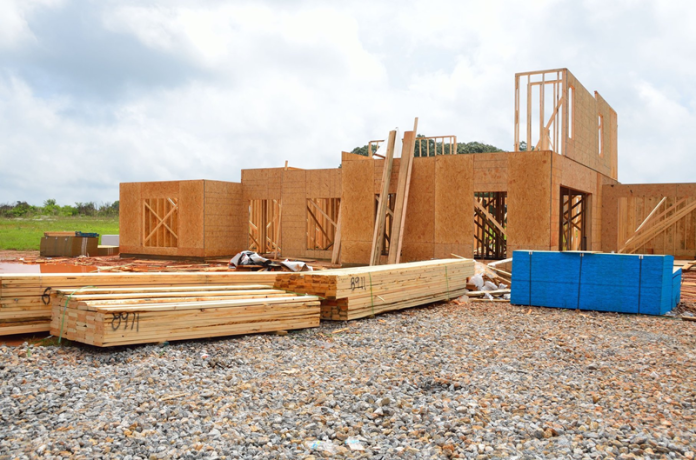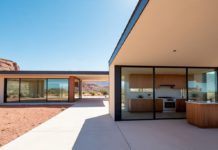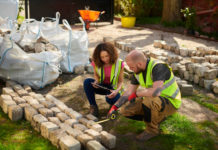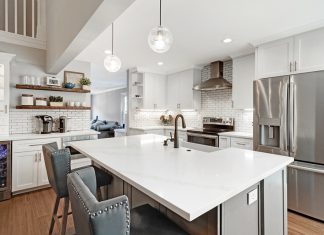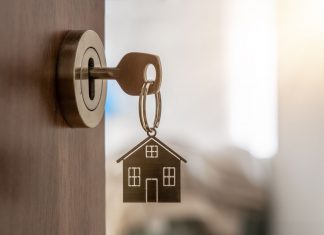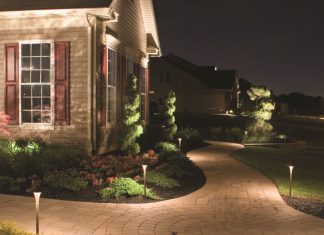Are you aware that there will be a significant movement in the home building industry toward innovation, sustainability, and technological integration in the future. Future homes will be built to be aesthetically beautiful and satisfy the increasing needs of brighter living, environmental responsibility, and energy efficiency. Several new trends, such as the use of eco-friendly building materials and improvements in smart home technologies, are shaping this transition. Are you among those planning to own a new home? Keep reading as this article examines some of the major themes that will completely change the building of new homes in the years to come.
Smart Home Technology Integration
The integration of smart home technology is quickly becoming a typical element in new home building, particularly for new homes for sale in West Texas. Smart homes come with cutting-edge technologies that let owners use voice assistants or smartphones to control the lighting, heating, security, and appliances. Convenience, safety, and energy efficiency are the main drivers of this movement. Home builders increasingly use security cameras, bright lighting, and thermostats in their new construction. Because these devices can be customized to adapt to the homeowner’s preferences, they can maximize energy efficiency while enhancing security.
Sustainable and Green Building Practices
One of the biggest developments is the movement toward sustainability in new home construction. As concerns about climate change grow, homeowners and builders are putting more emphasis on minimizing the environmental impact of housing. This trend encompasses everything from utilizing energy-efficient designs that lower a home’s carbon footprint to employing environmentally friendly building materials like reclaimed wood, bamboo, and recycled steel.
Prefabrication and Modular Construction
Modular and prefabricated homes are becoming increasingly popular as valuable substitutes for conventional building techniques. These homes have shorter building schedules and less waste because they are constructed in parts off-site and assembled on the spot. Additionally, the more precise building techniques made possible by modular construction can result in higher-quality, more energy-efficient dwellings.
One of the main benefits of prefabricated dwellings is their affordability. Due to their streamlined building process and lower labour expenses, modular homes may provide a more affordable alternative for first-time homebuyers or those wishing to downsize.
Multi-generational and Flexible Living Spaces
Home designs change along with the dynamics of the family. Living together under one roof, or multi-generational living, is becoming more popular due to growing housing costs and the need for stronger family ties. Flexible living areas, such as separate living quarters, extra bedrooms, and flexible layouts that can accommodate the demands of different family members, are being incorporated into the new home buildings as a reflection of this transition.
Additionally, their adaptable designs address the growing trend of working from home. Since more individuals are working remotely, more homes are being constructed with dedicated home offices, soundproof rooms, and flexible living areas that can be quickly converted into workspaces or classrooms.
Summing it Up
The priorities of efficiency, technology, and sustainability are shaping the future of new home development. Builders are adopting cutting-edge building methods and materials that cut costs and waste as demand for eco-friendly and energy-efficient homes rises. The emergence of wellness-focused architecture and intelligent house technology reflects homeowners’ evolving needs and tastes as they look for homes that improve their quality of life and provide comfort.
